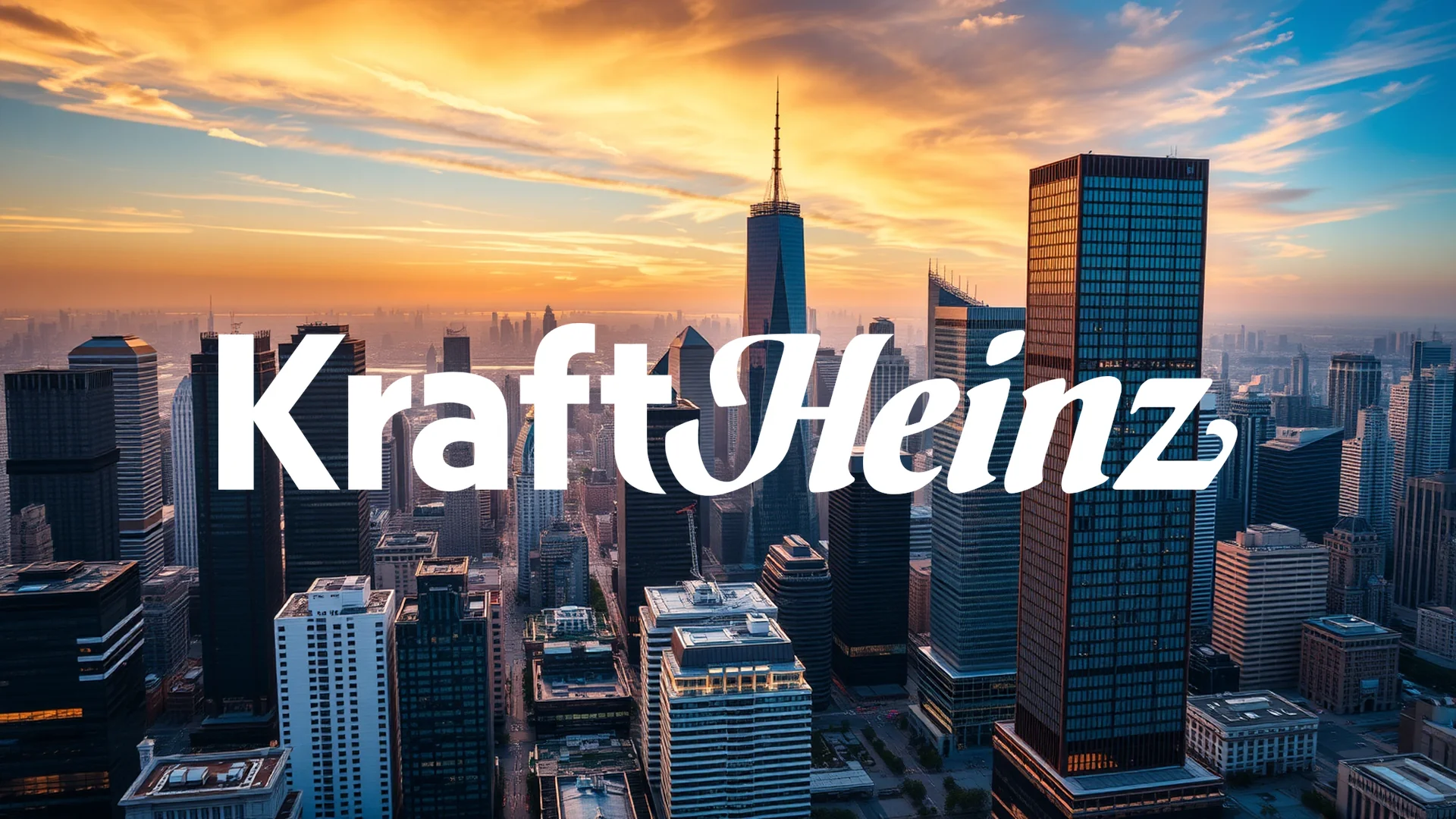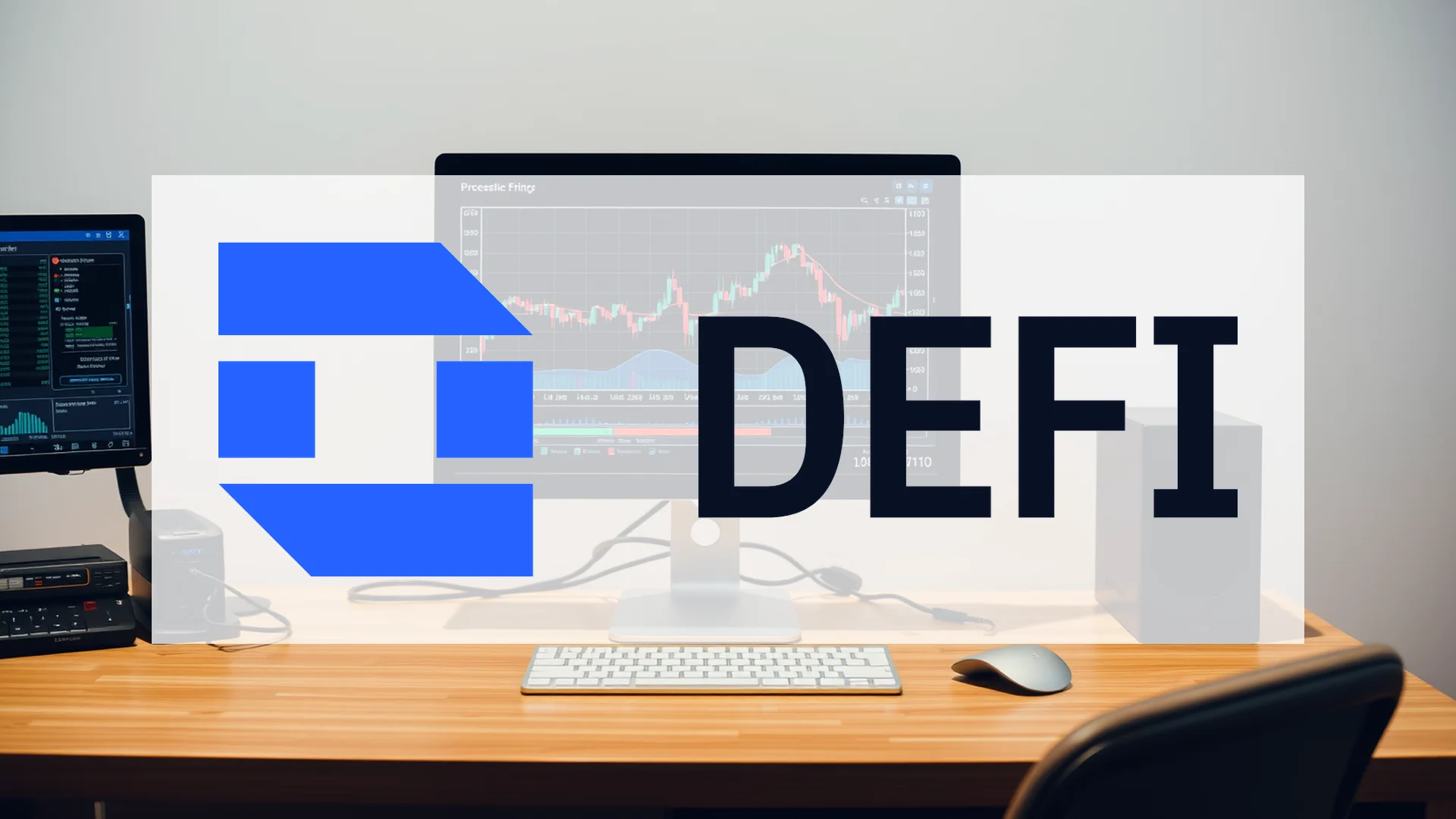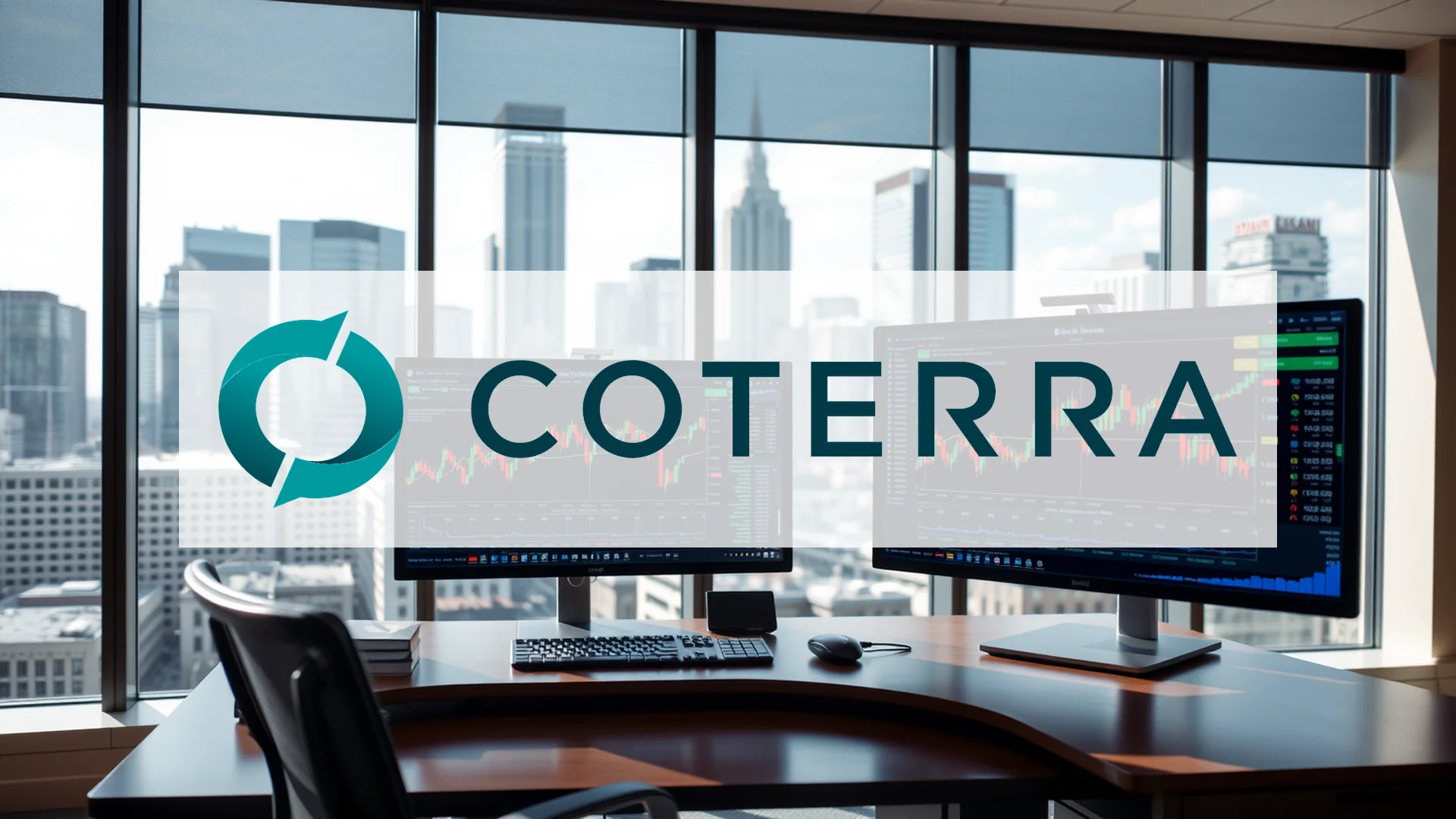Kraft Heinz finds itself navigating turbulent waters as the food conglomerate’s stock value deteriorates dramatically. Despite generally favorable market conditions, the company’s shares have collapsed to a fresh 52-week low. A combination of escalating expenses, fierce competition from private-label products, and shifting consumer preferences are creating significant headwinds. In a bold countermove, management is proposing a radical corporate split into two separate entities—but will this be enough to reverse the decline?
A Stark Contrast to Broader Market Gains
The divergence between Kraft Heinz and the wider market was stark. As the S&P 500 index advanced, Kraft Heinz equity plummeted more than 3%, establishing a new low for the year. Trading activity surged dramatically, with volume exploding beyond 9 million shares, signaling widespread investor panic. The stock has now shed approximately 27% of its value since the start of the year, ranking it among the poorest performers in the entire food sector.
This severe underperformance highlights a critical loss of faith among the investment community in the company’s recovery narrative. Market researchers are projecting a devastating third-quarter profit collapse exceeding 22%, a clear indicator of severe pressure on earnings.
Deep-Rooted Operational Challenges
The company’s struggles are multifaceted and systemic. Kraft Heinz is simultaneously battling on several fronts: private-label brands are aggressively capturing market share, input costs for commodities such as coffee, eggs, and meat continue their relentless climb, and modern consumer habits are evolving. Financial firms TD Cowen and Piper Sandler have already downgraded their assessments, pointing to an intense price war in product categories like processed meats.
A particularly troubling weakness is the substantial underperformance of international operations, including key markets like Indonesia. This failure amplifies the firm’s heavy reliance on the fiercely competitive North American grocery landscape.
Should investors sell immediately? Or is it worth buying Kraft Heinz?
A Corporate Split: Strategic Masterstroke or Last Resort?
Confronted with these challenges, Kraft Heinz is pulling the emergency brake. The proposed strategy involves cleaving the corporation into two independent, publicly-traded companies. One entity, tentatively named the “Global Taste Elevation Company,” would focus on sauces and seasoning products, boasting an estimated $15.4 billion in annual revenue. The other, the “North American Grocery Company,” would take control of the portfolio of iconic domestic brands, generating around $10.4 billion in sales.
While the strategic logic of focusing each business is sound, the execution carries substantial risk. The separation process is not scheduled for completion until 2026, requiring both units to maintain profitability throughout a prolonged and uncertain transition period—a feat that is far from guaranteed given current market dynamics.
Dividend Sustainability in Question
For income-focused investors, Kraft Heinz continues to offer a tempting dividend yield north of 6%. However, the longevity of these shareholder payments is now under intense scrutiny. If corporate earnings continue their downward trajectory, the company will find it increasingly difficult to sustain its current dividend level.
All eyes are now on the quarterly earnings report scheduled for October 29. These figures will reveal whether early transformation efforts are yielding positive results or if the company’s operational decline is accelerating. Some analysts see a potential price recovery to $51 per share, but the path to reaching that target is fraught with obstacles.
Ad
Kraft Heinz Stock: Buy or Sell?! New Kraft Heinz Analysis from November 24 delivers the answer:
The latest Kraft Heinz figures speak for themselves: Urgent action needed for Kraft Heinz investors. Is it worth buying or should you sell? Find out what to do now in the current free analysis from November 24.
Kraft Heinz: Buy or sell? Read more here...










